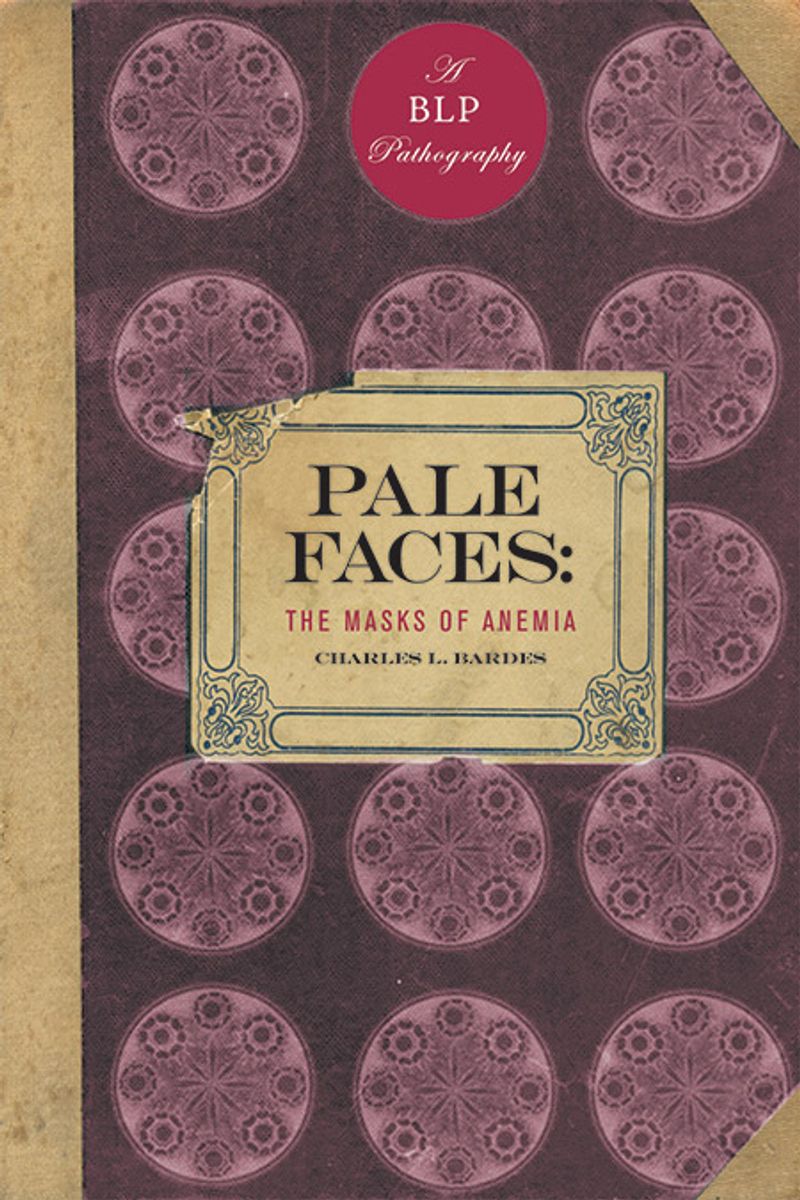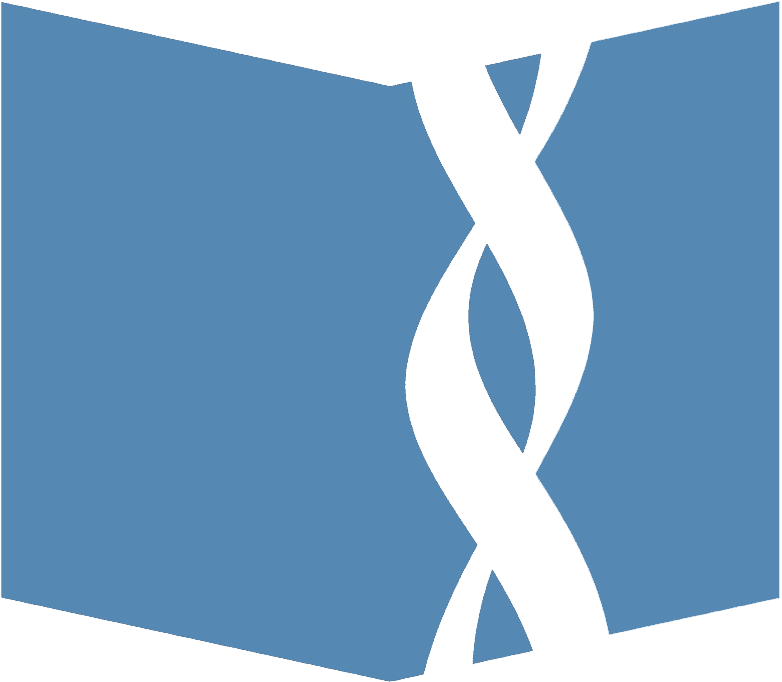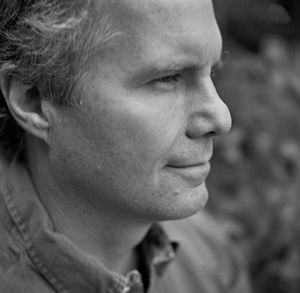Bardes casts a wide net over science, literature and philosophy in this marvelously literate study. . . . Readers with a passion for multidisciplinary and well-crafted writing will find pleasure here.
Pale Faces
The Masks of Anemia
Bellevue Literary Press Pathographies series
Who would have thought that something so commonplace as iron deficiency would lead to prehistoric ochre, Egyptian amulets, Renaissance alchemy, Victorian projections of maidenhood, and the astrophysical end of everything?
Whether mild or deadly, anemia affects an essential body fluid: blood. In Pale Faces, Charles Bardes probes deeply into this illness as metaphor by exploring the impact of both science and culture on its treatment across the ages. His innovative “life” of this condition ranges widely through history, mythology, literature and clinical practice to examine how our notions of specific medical conditions are often deeply rooted in language, symbolism and culture.
Delving into the annals of anemia and its treatment, he takes us on a fascinating journey back through the history of medicine—from the Greeks and ancient practices of bloodletting and magic up to the diagnostic rituals of a modern medical office. A scholar of the literary as well as the medical arts, Bardes gives us a beautifully written free-ranging text, resonant with poetic associations yet anchored in concrete clinical experience.
As a practicing physician, Bardes is able to draw upon his direct experience with patients to demystify the doctor/patient relationship. Through detailed descriptions of the diagnostic processes involved in blood related conditions, as well as the particular understanding of the inner workings of the human body provided by modern medical science, we are treated to the complex ways in which doctors think.

Hardcover
- ISBN
- 9781934137109
Ebook
- ISBN
- 9781934137918
Charles L. Bardes, MD, is a practicing physician who teaches extensively at Weill Cornell Medical College, where he directs the Medicine Clerkship and serves as Associate Dean. He is the author of Essential Skills in Clinical Medicine, a guide for students and interns, and Pale Faces: The Masks of Anemia, the first book in the Bellevue Literary Press Pathographies series. He has been the Bernard DeVoto Fellow in Nonfiction at the Bread Loaf Writers’ Conference and his essays have appeared in numerous journals, including Agni. He lives in New York.
visit author page »Praise for Pale Faces
An appetizing smorgasbord of stories of considerable erudition and wide interest. For readers seeking intellectual entertainment and exploration, this is a delightful book.
— Choice
Charles L. Bardes writes with a wonderfully creative and richly literate style. . . . It is an illusion unmasked in this interesting and rewarding book that diseases are technical things separate from the world of language and meanings in which we are all immersed.
— Eric Cassell, author of The Nature of Suffering and the Goals of Medicine
Denis Diderot wrote that the organs of the body have their particular history, their infancy, youth, and senility. Each one has a biography. In Pale Faces, Dr. Charles L. Bardes has shown himself a wonderful biographer of the blood-forming system. His depiction of the origin, vicissitudes, and, in a word, the silent majesty of the structures that make and destroy the blood, is no less than masterful.
— F. Gonzalez-Crussi, MD, author of On Seeing and On Being Born

